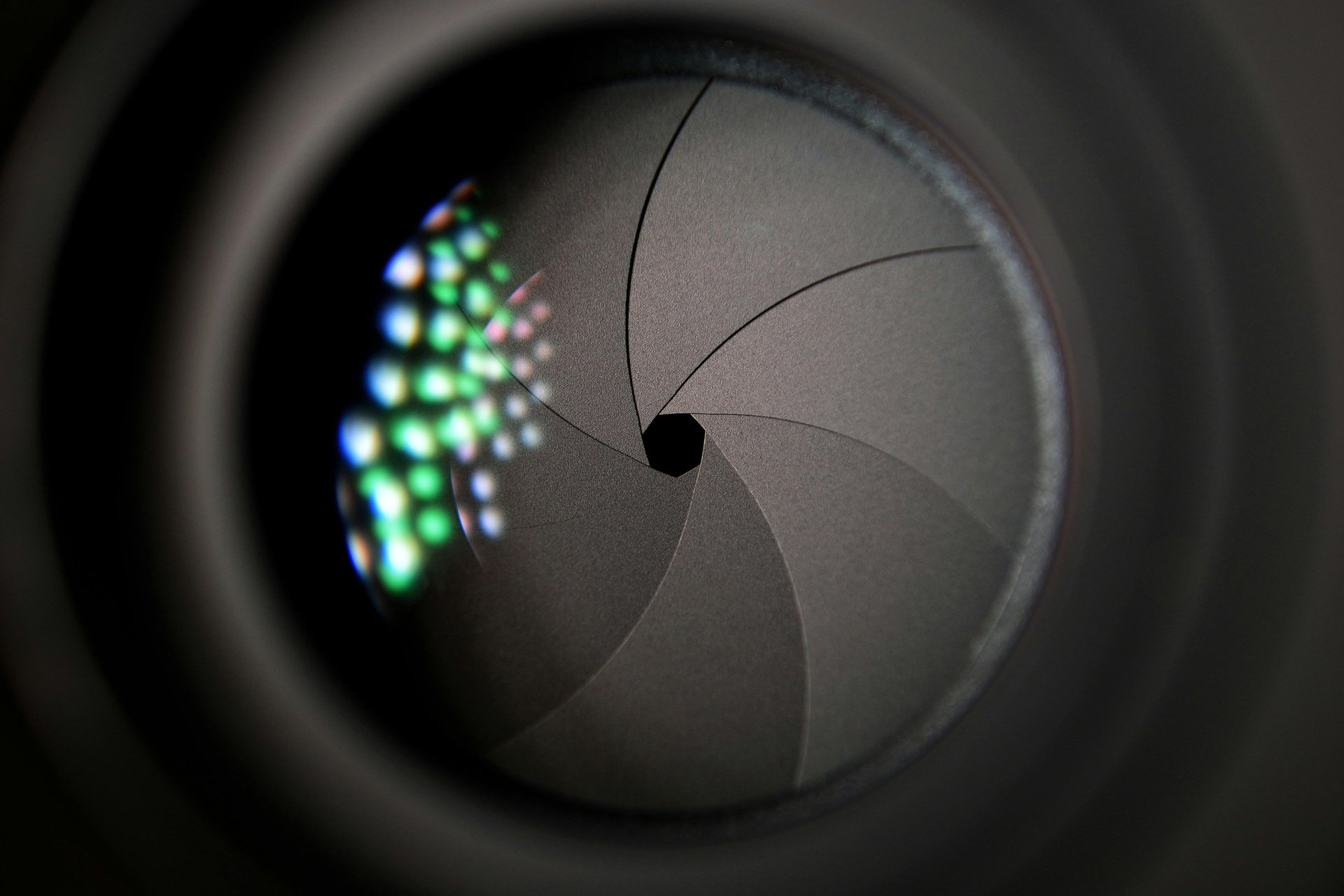
What does aperture mean in photography?
This section explores how aperture affects light and depth of field in photography. Whether you're shooting portraits, landscapes, or experimenting with creative blur, understanding aperture is key to shaping your ideal photography.
Alberto Cano
10/30/2025
What is aperture?
Let’s move on to the second element of the exposure triangle: Aperture.
As mentioned earlier, it’s part of the exposure triangle that helps control light. The difference is that aperture works by measuring how open or closed the diaphragm of your camera is.
First, let’s talk about the symbol used to represent aperture: the letter f.
You might ask, “Why f?” It comes from the f-number, which is calculated by dividing the focal length of the lens by the diameter of the aperture.
So, if you’re working with a 50mm lens and open the diaphragm to 25mm, the math is simple: 50 ÷ 25 = 2. That gives you an aperture of f /2.0.
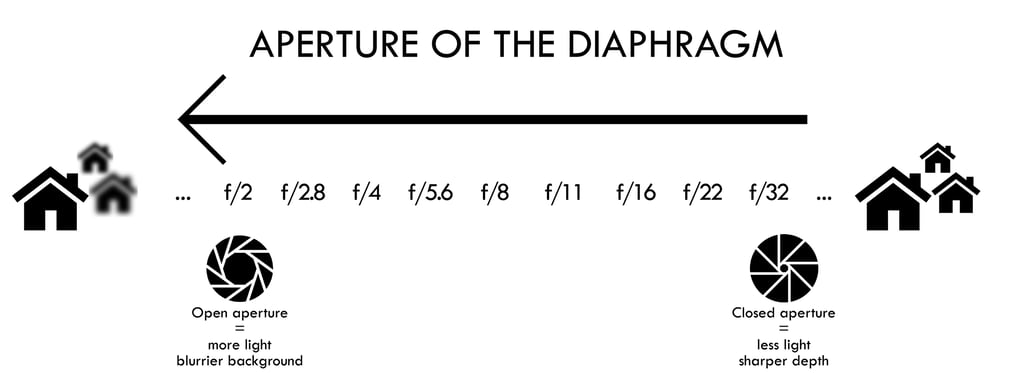

As you can see in the image (and depending on the lens), aperture values can go from f/1.0 to f/64, though most standard lenses range from f /1.4 to f /22.
Aperture helps control light, yes—but it also gives your photo or video a distinct visual feel. And that’s where another important concept enters the scene: depth of field
DEPTH OF FIELD
Depth of field isn’t just about lenses—it’s about intention. It’s the area we choose to highlight, and the one we leave out of focus to create mood or mystery.
In every image, the photographer decides what deserves attention and what can fade into the background.
So what is depth of field?
It’s the part of the image that looks clear and focused, stretching from the closest point to the farthest. Photographers use it to shape composition and guide the viewer’s eye—either to a specific subject or to the entire scene.


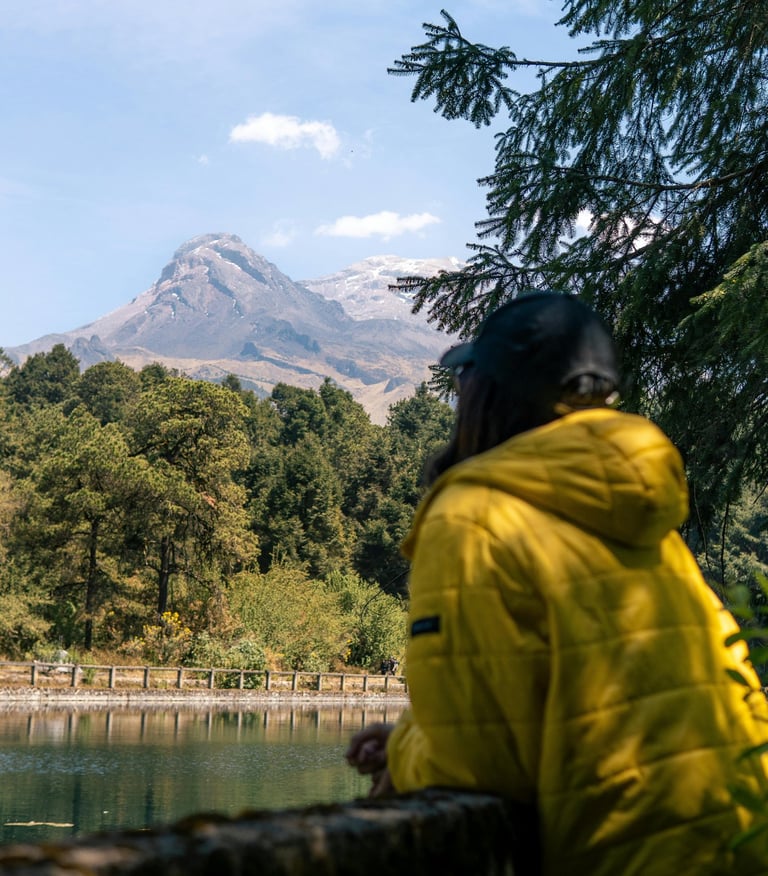

In this photo, the girl is clearly the main subject—she’s in focus, while the background and even the wooden guardrail appear blurred.
On the other hand, in this photo, the main subject is the background—in this case, the mountain—since the girl appears out of focus.
As a result, our eyes are naturally drawn to the sharpest part of the image.
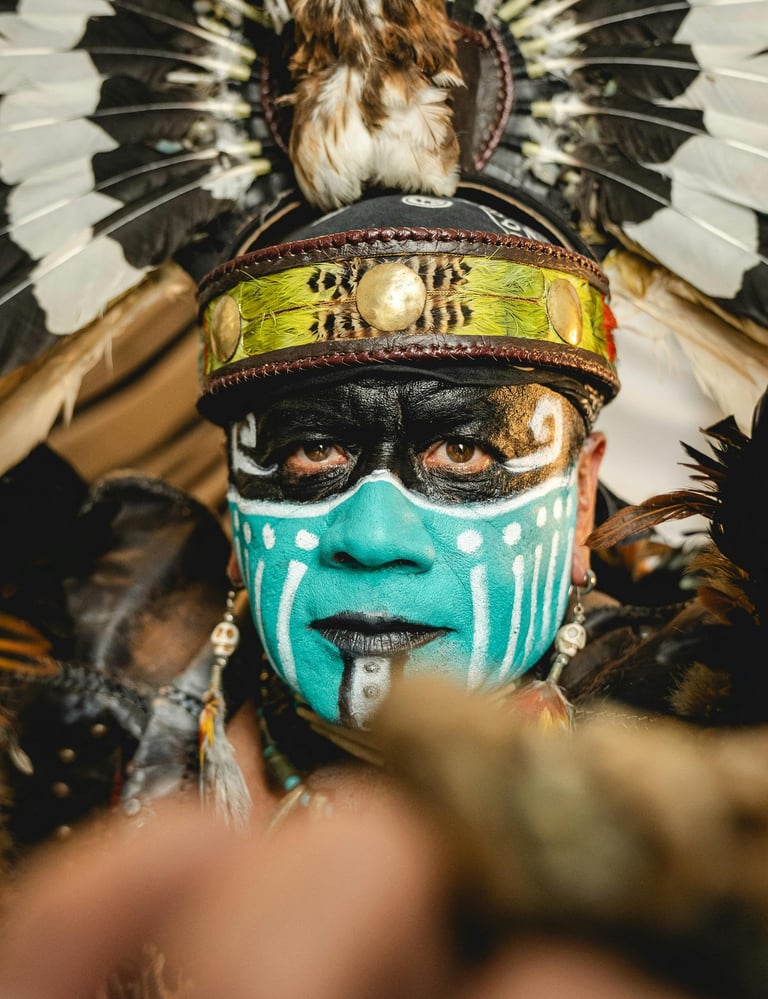

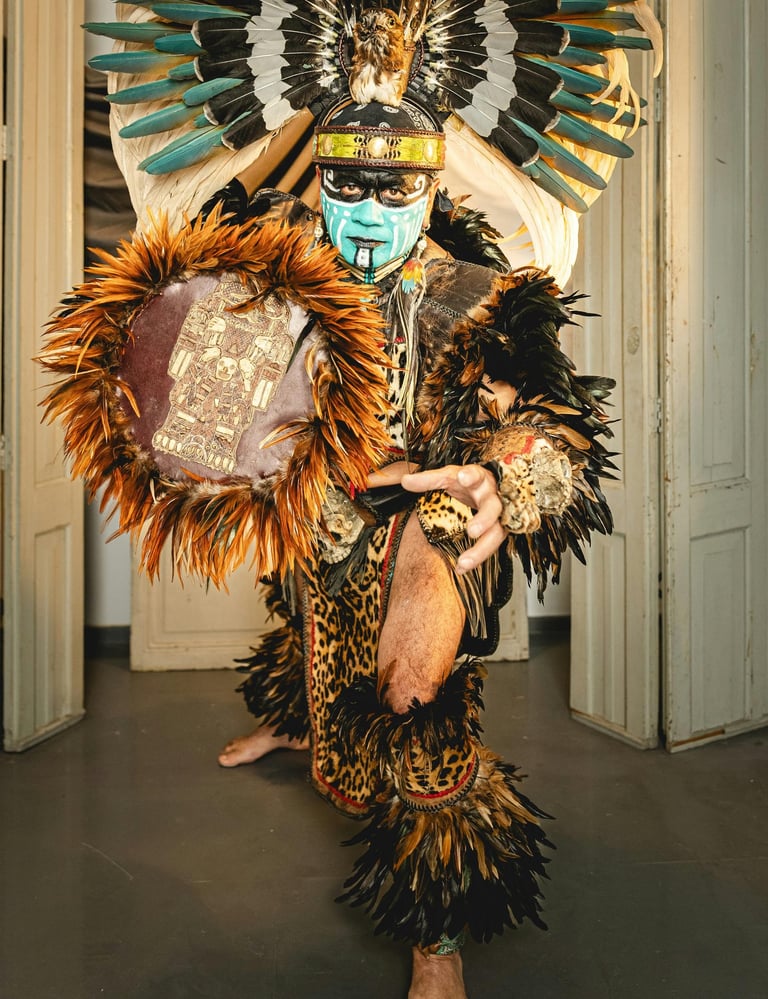

In this photo, the model placed his hand close to the lens.
However, the photographer chose to focus on his face, leaving the hand out of focus.
As a result, the most important element in the image is his face.
In this second image, the model’s whole body and background is sharp and in focus.
That means our attention spreads across the entire photo, not just one specific area.
So, when should you use a wide aperture and when a narrow one?
Wide apertures are great for macro photography, portraits, or scenes with limited light.
Here are a few examples that show how this works in practice.
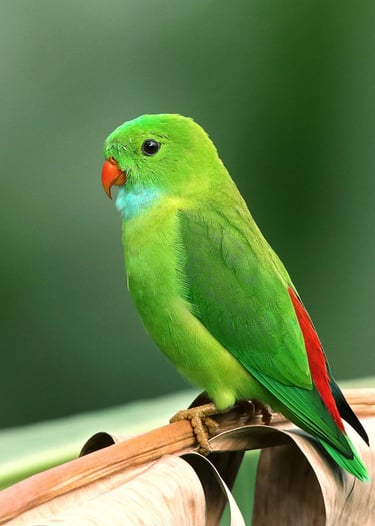


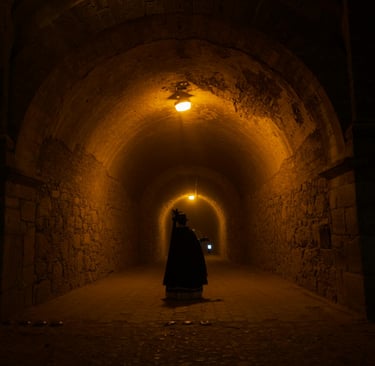


A narrower aperture is used for landscapes, architecture, or scenes where full sharpness across the image is desired.
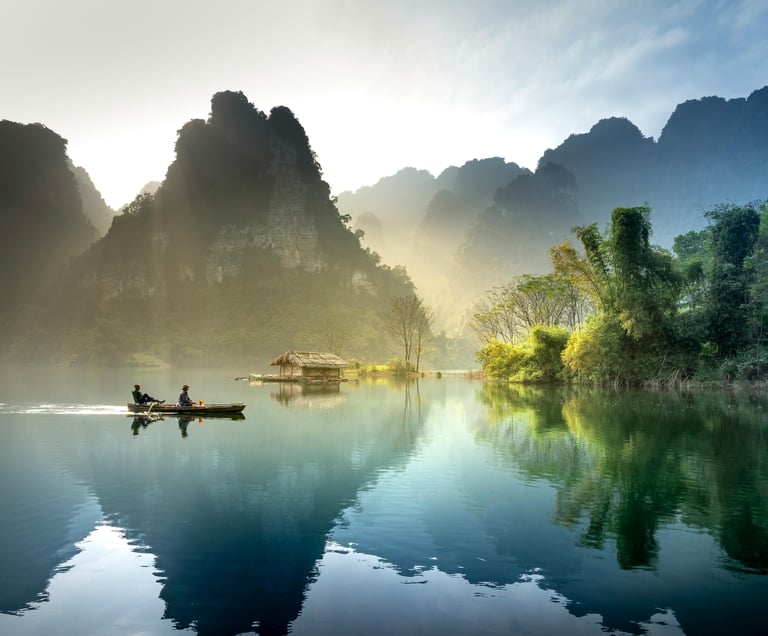

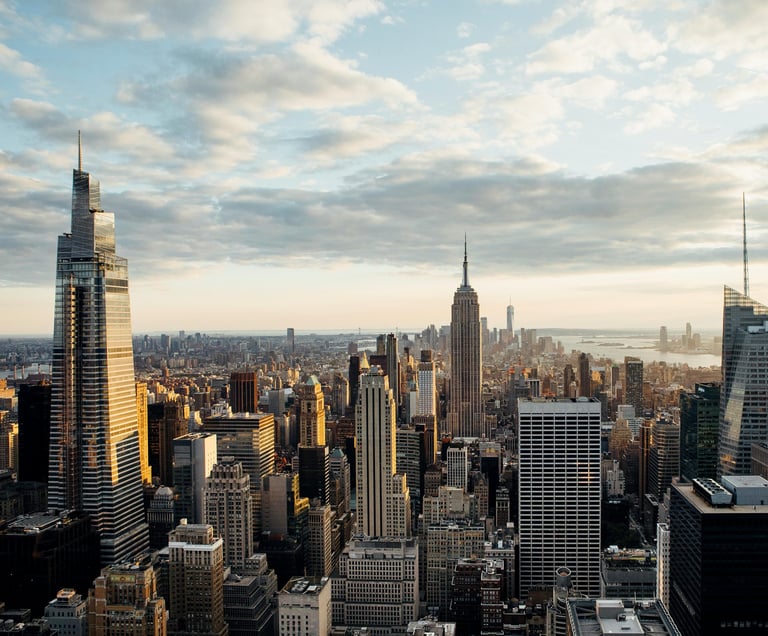

That said, don’t treat these guidelines as absolute. It all depends on the lens you’re working with and the story you want to tell.
In the end, creativity is your only boundary.
